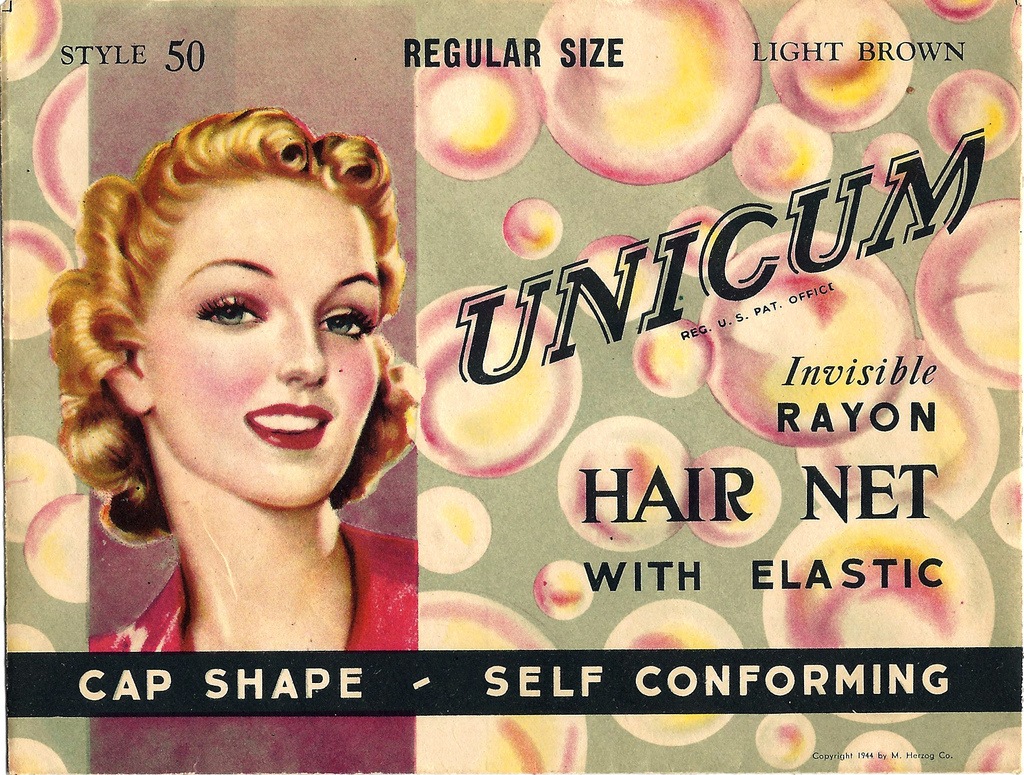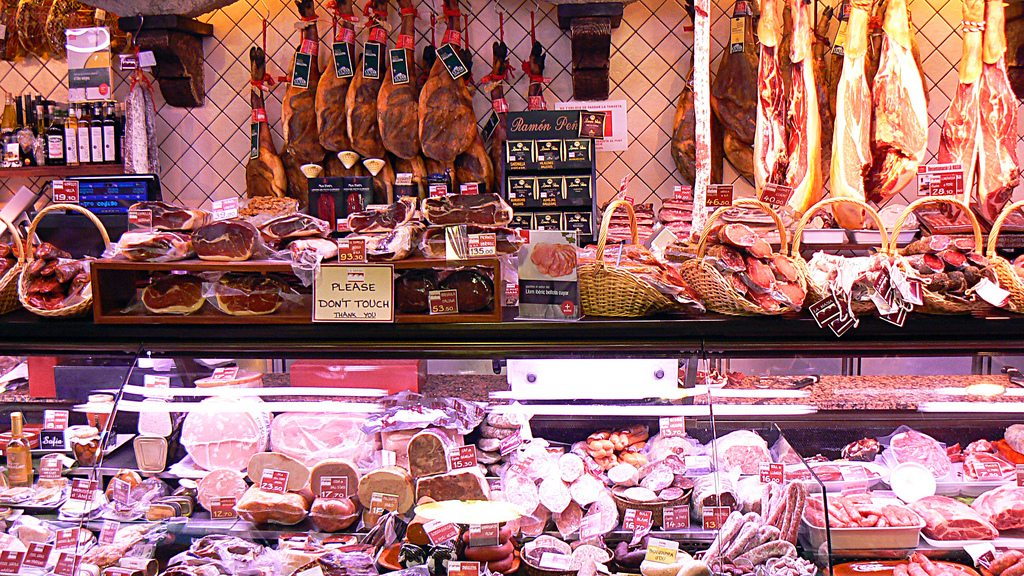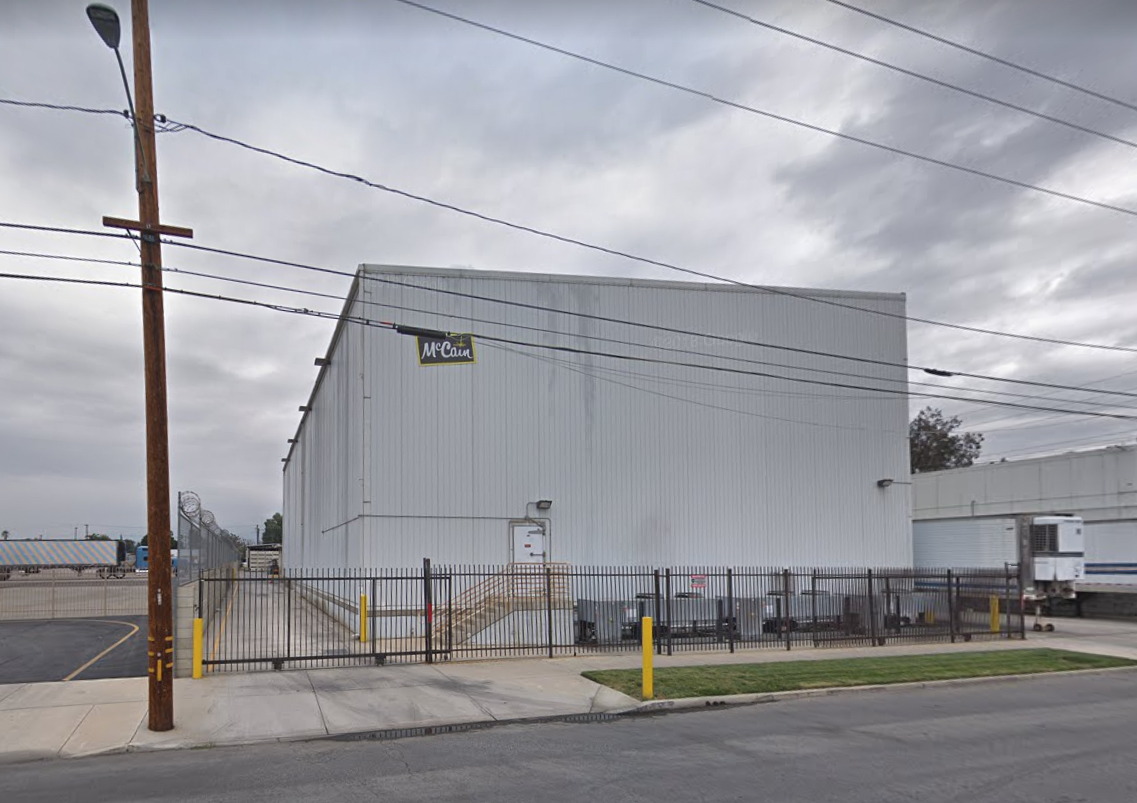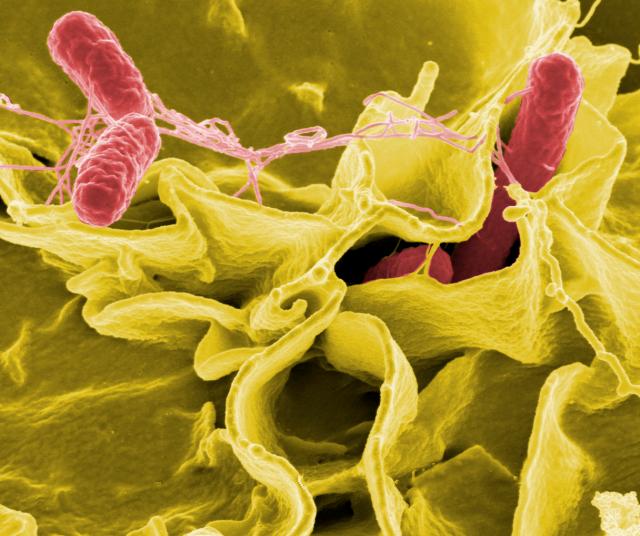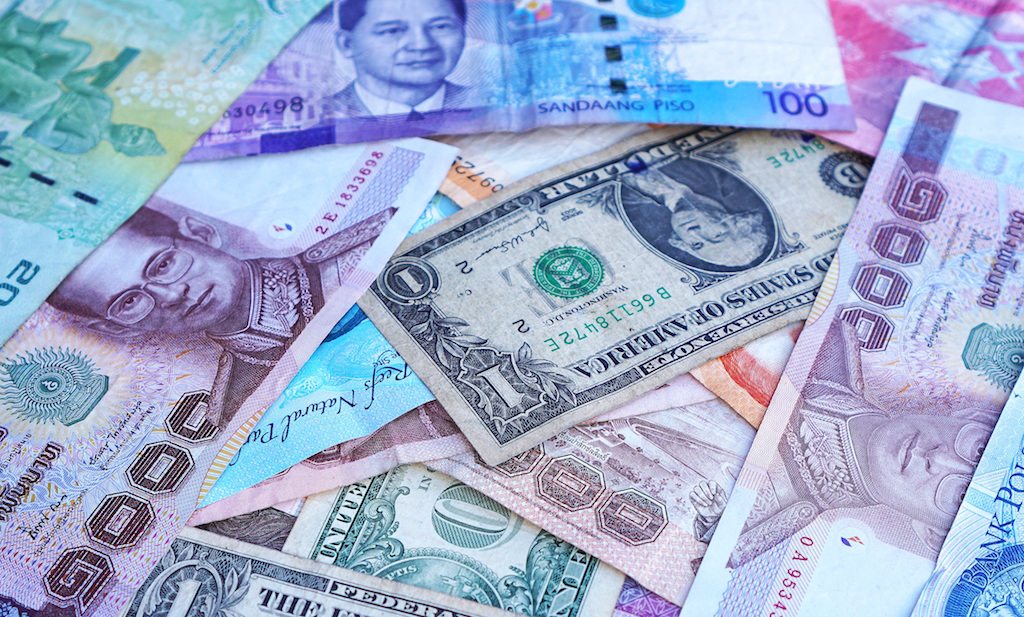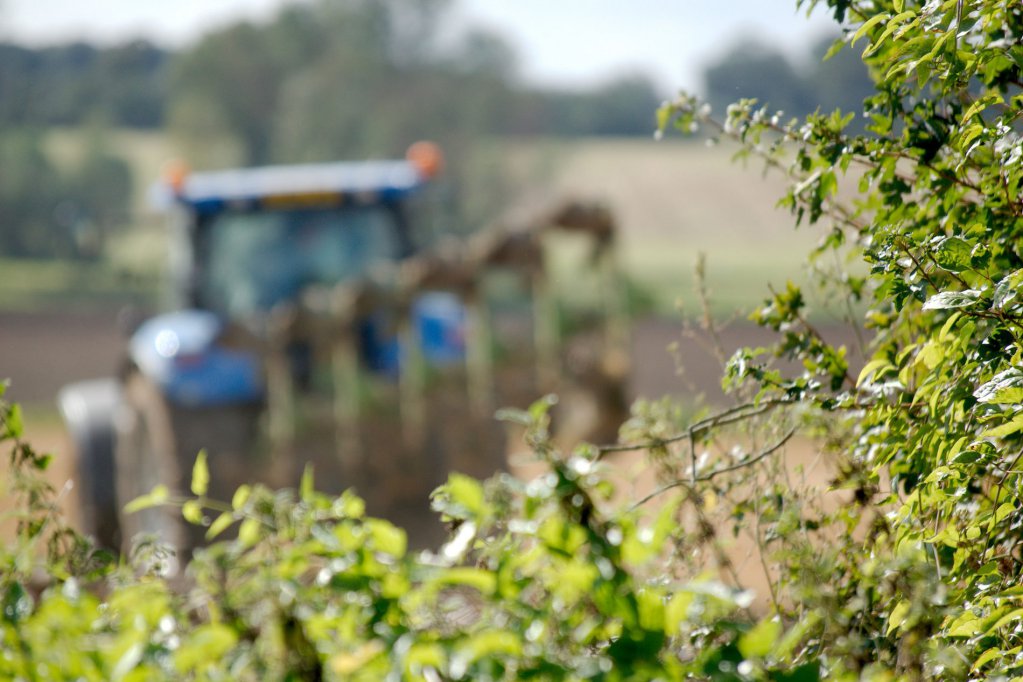In cafeterias and commercial kitchens across the country, cooks and line servers work with heads covered—their hair held back by baseball caps and nets and woven disposable bouffants. From fine dining to fast food, hair restraints have become part of the standard uniform.
But though these precautions make sense on a gut level—who wouldn’t want to avoid the unappetizing sight of a stranger’s hair in their food?—these required pieces of headgear aren’t really about safety. In fact, the FDA has no record of anyone ever getting sick from ingesting stray hair. Instead, hairnets became mandatory as a response to shifting social norms—a transformation that says more about cultural taboos and changing tastes than it does about rigorous food safety standards.
With the growth of bobs in the 1920s, a familiar hair accessory began to fall out of favor—the hairnet. Hairnets and their looser cousin the “snood” have been worn in some version since the eleventh century, holding the hair in place “while still revealing it and allowing the air to circulate,” explains the Encyclopedia of Hair. In the twentieth century, many women wore them at night to keep curlers in place. Yet the short bob required little more than a bobby pin or two—and the makers of women’s hair products felt trim flapper styles posed a threat.
”Hairnet makers were in a state of panic!” explained marketing expert Edward Bernays at a speech at New York University in 1985. ”Hairpin manufacturers were laying off workers. The hair comb industry was in disarray.”
In 1915, ballroom dancer Irene Castle decided to get a haircut—a full shearing of her hair that became known as the Castle Bob
Hairnet maker Venida hired Bernays—a pioneer in the burgeoning field of public relations, and the nephew of Sigmund Freud—to build their business up again. He adopted a two-pronged approach. Hoping to turn the tide of fashion, he contacted leading ladies of the day and had them speak out in defense of long hair. But Bernays wasn’t content to leave things to chance. If women wouldn’t wear hairnets for aesthetic reasons, maybe they could be forced to—short hair or not.
Roughly 100 to 150 hairs fall out of our heads every day. And without hairnets, kitchen workers are more likely to shed a few into the food as they bend over stoves, pots, and pans. Yet until Bernays entered the scene, it appears that the cliché of finding a “hair in my soup” was more of a minor inconvenience than a reason to send an entire dish back. The French idiom tomber comme un cheveu sur la soupe—literally, “to arrive like a hair in the soup”—refers to something out of place due to terrible timing, more awkward than disgusting. Thanks to Bernays, however, hair became not just a minor inconvenience but a potential source of germs and illness, a contaminant waiting to fall from the top of every waitresses’ head.
“Consumers became hairnet watchdogs sending off letters to newspapers asking why waitresses weren’t wearing hairnets or restraining hairbands,” as Whitaker writes on her blog Restaurant-ing Through History, “Newspapers took up the role of consumer protectors, asking health departments to investigate.” As health departments responded to consumer complaints with hair-minded surprise inspections, Whitaker says, norms began to change nationwide.
Today, the FDA Food Code—a series of best practices for the food service industry— stipulates that employees “shall wear hair restraints such as hats, hair coverings or nets, beard restraints, and clothing that covers body hair, that are designed and worn to effectively keep their hair from contacting exposed food.” (The rule doesn’t apply to counter or wait staff who “present a minimal risk of contaminating exposed food.”)
Hair restraints may mostly function as PR move, a visual way to reassure to customers that they’re eating pristine food
But the fact remains that hair restraints have little to do with actual safety, says Ben Chapman, associate professor and food safety specialist at North Carolina State University. While the FDA has legislated acceptable “defect levels” for commercially prepared foods (frozen broccoli can have an average of “60 or more” small bugs like aphids per 100 grams; ground cinnamon is allowed “11 or more rodent hairs per 50 grams”), no food safety agency has ever determined a level of hair consumption that would be unsafe.
“Sometimes we regulate things that are gross. Not everything is a factor contributing to foodborne illness,” Chapman says.
Yet with hair restraints being more or less required for any cook, a customer who sees free-flowing locks in a restaurant kitchen may have legitimate cause for concern. When Barry Parsons, a food safety expert at Robson Forensic, walks into a new restaurant, it’s become second nature for him to do a quick quality control check. If a restaurant isn’t following the simple hairnet guideline, it’s a good indicator that other more serious infractions may also be present. “It raises a red flag for me right off the bat,” he says.
In that light, hair restraints may mostly function as a PR move, a visual way to reassure customers that they’re eating pristine food. Restaurants are so eager to avoid being known as “that place where I found a hair in my meal” that they’ll often comp diners who discover an offending strand—a convention that has given rise to fraudsters. In 2013, a UK man put his own pubic hair into his meal and tried to walk out without paying. He was ultimately found guilty of “fraud by false representation” and sentenced to two weeks in jail (in addition to paying for the meal). It seems to be a common enough occurrence in Britain, a heavily surveilled nation where similar acts are routinely captured on CCTV.
These self-saboteurs are exploiting a deeply ingrained distrust of stray hair, according to Val Curtis, author of Don’t Look, Don’t Touch, Don’t Eat and a self-described “disgustologist.” While eating a fallen hair won’t hurt you, Curtis says, people whose hair fell out regularly were more likely to be ill or perhaps not care as much about hygiene, which may have led to an evolutionary aversion. “In our long past, people who avoided fallen hairs did better than those who didn’t,” Curtis says.
“But truthfully we’re probably eating hair all the time,” Chapman says
Just a few days before I spoke to Parsons, he went to a restaurant where he ordered a bowl of chili, found a hair in it, and sent it back. “It was nasty, and I was repulsed and grossed out,” he recalls. Parsons says that while there are some regulations he’s “leery of,” he believes in the idea of a food code. “I think it’s gross to have hair in food too. It makes you wonder what else is going on.”
Whether it’s strictly necessary or not, today customers have an expectation that when they go to a restaurant their food will be hair-free, says Chapman. That standard makes it hard not to be grossed out when we find it, even when we know better. “But truthfully we’re probably eating hair all the time,” Chapman adds, after a brief pause. “We’re definitely eating skin that flakes off of people.” Is it disgusting to think about? Yes. But, Chapman says, “It’s not a public health crisis.”
